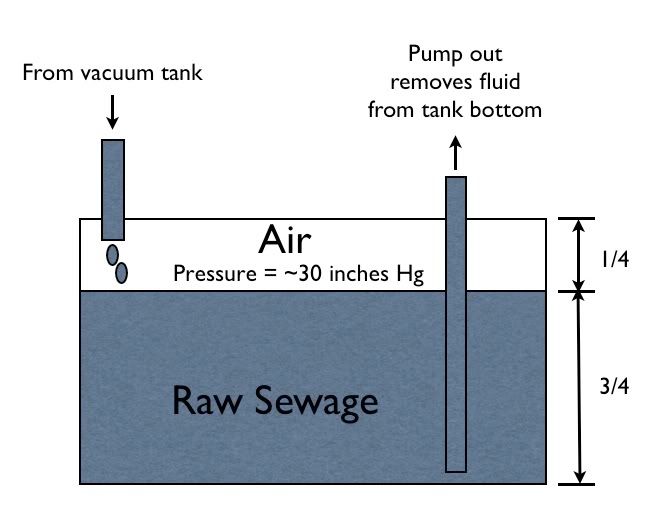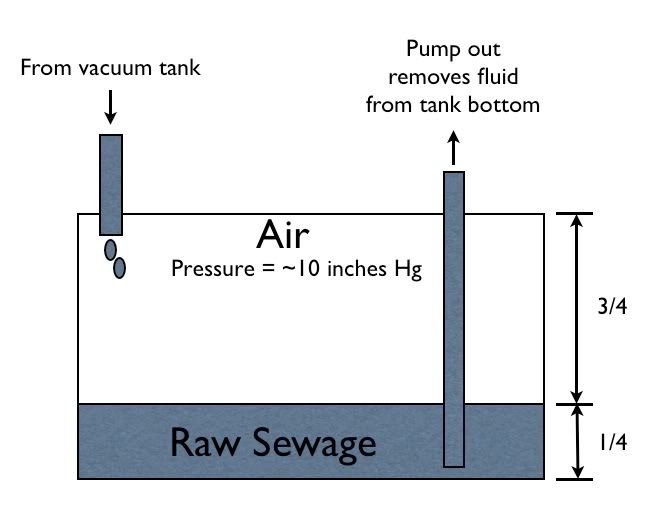Actually, I went and looked at the manual for the holding tank and it all Dometic tanks now have a "tanksaver" relief valve on the top of them. Some sort of ISO standard to provide 1 1/2" venting in case a vacuum is introduced into the holding tank. Looks like this:

Mine is top dead center on the tank.
You may want to get an extra few of those with that "lets introduce a vacuum in the holding tank" program. In fact, you'll probably want to plug that pesky little thing up because what the hell does the manufacturer and ISO know... they obviously don't understand fluid dynamics. I think a big wooden plug pounded in with a hammer would work just fine.

Mine is top dead center on the tank.
You may want to get an extra few of those with that "lets introduce a vacuum in the holding tank" program. In fact, you'll probably want to plug that pesky little thing up because what the hell does the manufacturer and ISO know... they obviously don't understand fluid dynamics. I think a big wooden plug pounded in with a hammer would work just fine.
Last edited:





